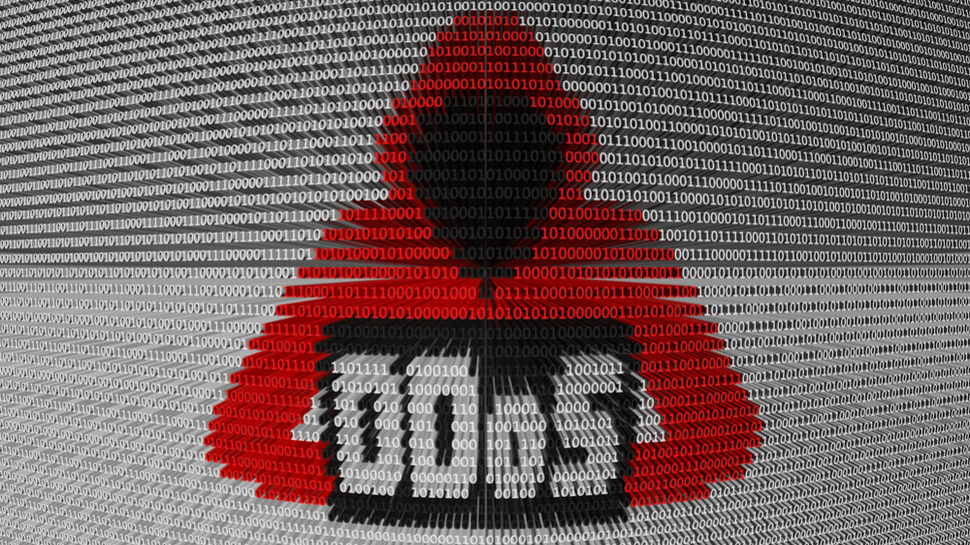Cloudflare has announced a new alert system to inform customers when they are experiencing a DDoS attack. Paid users can now create notifications that inform them when they being targeted.
DDoS, or Distributed Denial of Service, attacks disrupt the normal traffic of a website or online service by flooding it with an overwhelming amount of messages, connection requests or packets of information. When successful, they can cause prolonged outages, particularly when DDoS mitigation services are not in place.
Cloudflare has long been regarded as the leading provider of DDoS protection, blocking an average of 72 billion threats per day. The addition of DDoS notifications will give customers better visibility into when they are under attack.
Staying alert
Prior to the introduction of the new alert system, a Cloudflare customer would have to be actively using the service’s monitoring tools to be aware that a DDoS attack was in progress. Now, they can configure their own alert system, receiving notifications either via email or PagerDuty, depending on which Cloudflare services they are subscribed to.
“When developing and designing the alert template, we interviewed many of our customers to understand what information is important to them, what would make the alert useful and easy to understand,” Omer Yoachimik, Product Manager for Cloudflare’s DDoS Protection Service, explained in a blog post. “We’ve intentionally made the alert short. The email subject is also straightforward: DDoS Attack Detected, and it will only be sent from our official email address.”
Creating a DDoS alert policy is straightforward, with Cloudflare customers having to follow a simple four-step process:
1. Log in to the Cloudflare account dashboard
2. From the Account Home page, click on the Notifications tab
3. In the Notifications tab, click ‘Create’
4. Decide on a notification name, add an optional description, and enter the email addresses of your chosen recipients
As attacks may be ongoing when users receive a notification, they will also be sent a link to view the attack within the Cloudflare dashboard so they can receive more detailed feedback and options for boosting protection.

Comments are closed.